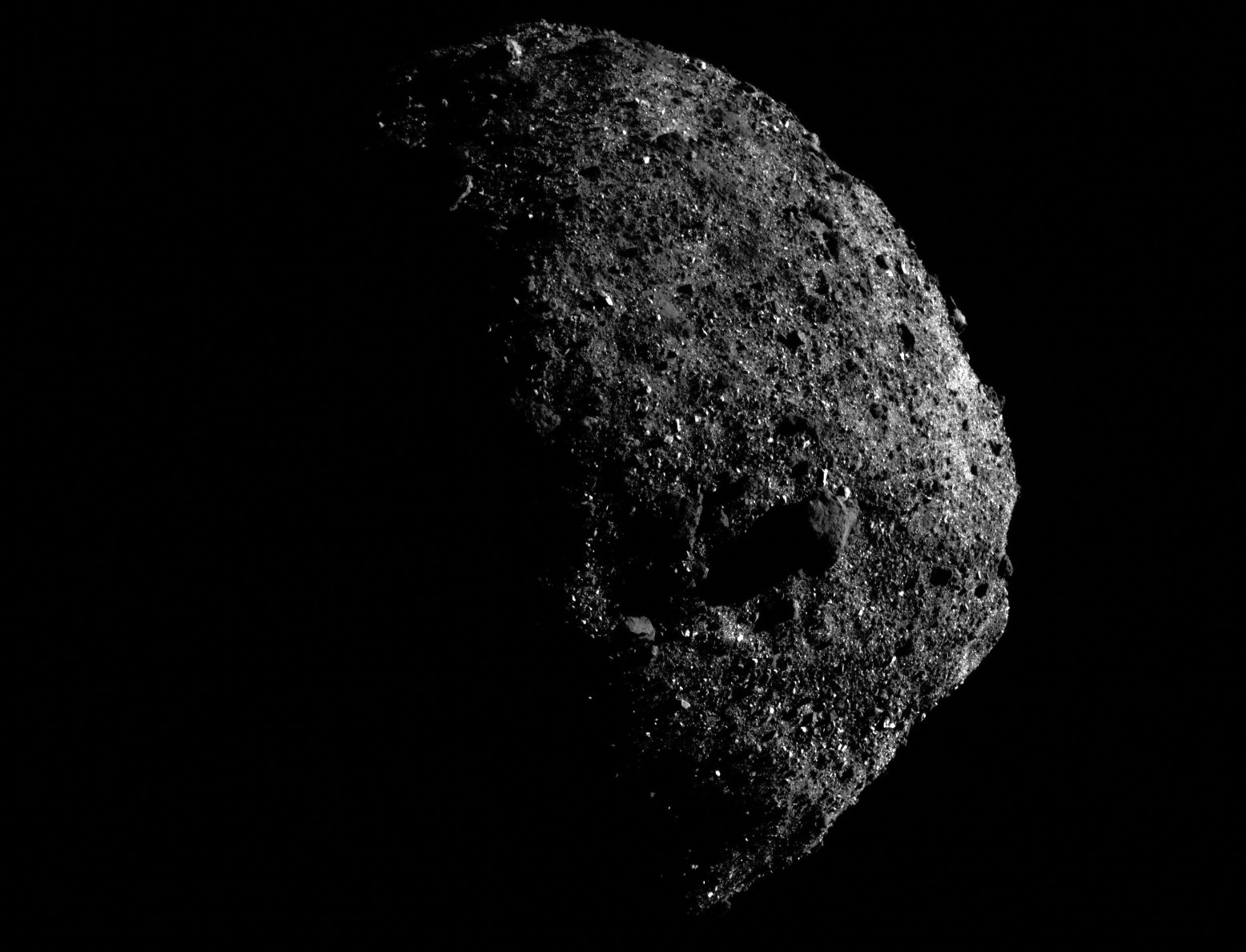China's National Space Science Center plans to fire more than 20 rockets into space to divert the trajectory of the asteroid Bennu, which could represent a threat to life on Earth.
If the name "Bennu" means something to you, that's normal. The asteroid (500 meters wide) has just received a visit:that of NASA. Four years after its launch from Florida, the OSIRIS-REX probe made an attempt last October to sample the object more than 330 million kilometers from Earth. The goal was to get at least sixty grams:mission accomplished! The probe began its return journey last May. She is expected to return to Earth on September 24, 2023.
The samples from Bennu are of interest to NASA as the rock stands as a relic almost unchanged for about 4.6 billion years. Also, analyzing these samples with state-of-the-art instrumentation can give us a insight into the formation of our system . In addition, this material may also contain the molecular precursors likely to have led to the development of terrestrial life.
However, Bennu also queries for another reason. Indeed, the asteroid is about to dive less than 7.5 million kilometers from Earth's orbit between 2175 and 2199 . Although the odds of impact are slim (1 in 2,700), such an encounter could do a tremendous amount of damage. The estimated kinetic energy of a Bennu impact with Earth is indeed estimated at 1,200 megatons, which is about 80,000 times greater than the energy of the bomb dropped on Hiroshima.

With this data in mind, scientists at China's National Center for Space Science would like to "take the lead" in diverting the object's trajectory now.
To do this, the researchers plan to send twenty-three Long March 5 rockets in space each weighing 992 tons. By crashing into the asteroid simultaneously, they would be able to deflect the asteroid over nearly 9,000 km . Their calculations will be published in November in the next issue of the journal Icarus.
“Asteroid impacts pose a major threat to all life on Earth “said Mingtao Li, a space science engineer at the National Space Science Center in Beijing and lead author of the new study. “Deflection of an asteroid from an impact trajectory is key to mitigating this threat “.
We do not know the timetable for this mission, but it should not see the light of day for a few years. In the meantime, NASA and ESA will be the first to test this new method of "moving asteroids" with the DART (Double Asteroid Redirection) mission which will target the Didymos asteroid system.